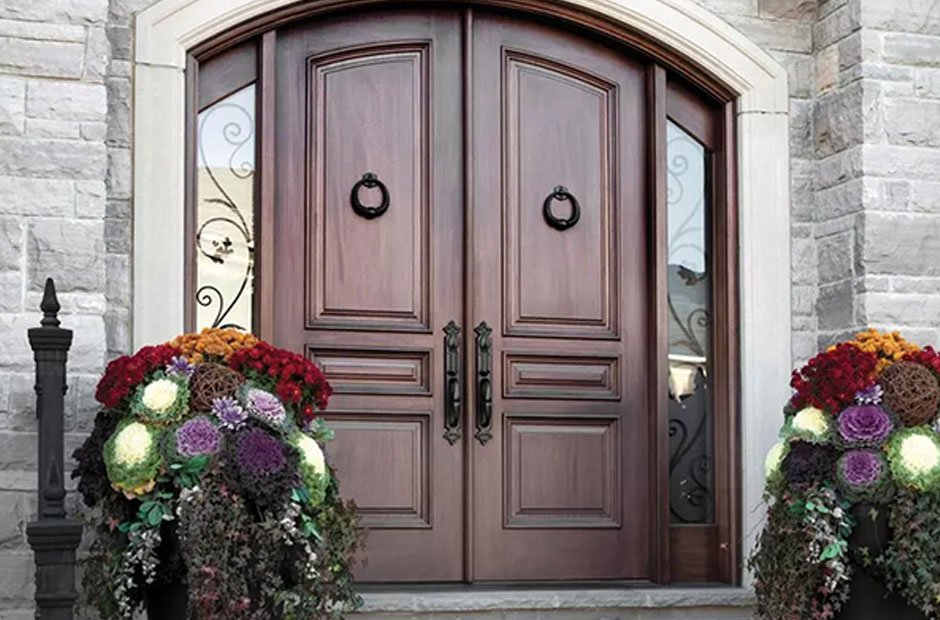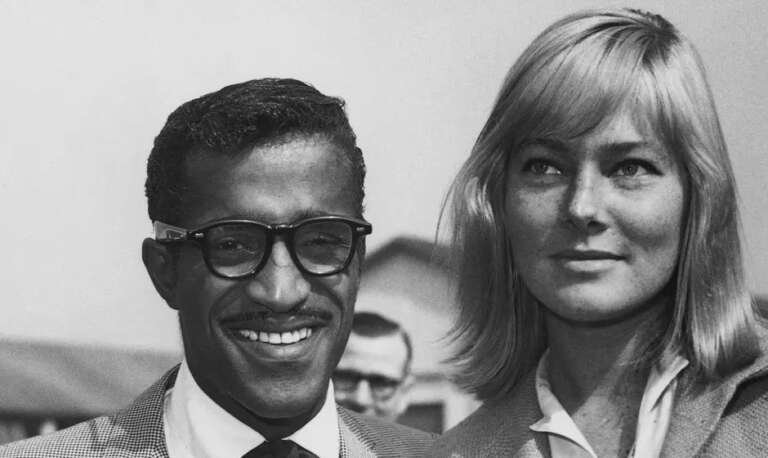In the realm of architecture and interior design, the importance of first impressions cannot be overstated. A well-designed entrance sets the tone for what lies beyond, creating a lasting impression on visitors. At the forefront of this crucial aspect is a designer whose expertise lies in crafting entrances that not only enhance aesthetics but also serve functional purposes. Let’s delve into the pivotal role of a designer and how they shape the initial perception of a space.
1. Understanding Functionality
Before delving into aesthetics, a door designer in Thornton, CO, must comprehend the functional requirements of the space. Factors such as security, accessibility, and climate considerations play a significant role in determining the type of door suitable for a particular environment. By understanding these functional aspects, a designer can ensure that their creations not only look appealing but also serve their intended purpose effectively.
2. Embracing Architectural Harmony
One of the fundamental principles of door design is to maintain architectural harmony. The door should seamlessly integrate with the overall design language of the building, whether it’s a modern masterpiece or a classic heritage structure. A skilled designer pays close attention to architectural details, ensuring that the design complements the building’s style while making a statement of its own.
3. Playing with Materials
Materials play a pivotal role in defining the character of a door. From traditional wooden doors exuding warmth and elegance to sleek metal designs evoking a sense of modernity, the choice of materials can drastically alter the look and feel of an entrance. A proficient designer carefully selects materials that not only align with the design vision but also withstand the test of time, ensuring durability and longevity.
4. Mastering the Art of Customization
Every space is unique, and cookie-cutter solutions seldom suffice when it comes to door design. This is where the art of customization comes into play. A skilled designer excels in tailoring designs to suit the specific requirements and preferences of clients, whether it involves incorporating intricate patterns, integrating smart technology, or accommodating unusual spatial constraints. Customization not only adds a personal touch to the design but also ensures that the door harmonizes seamlessly with its surroundings.
5. Prioritizing Safety and Security
Beyond aesthetics, a door serves as a crucial element in ensuring the safety and security of a space. A proficient designer places a strong emphasis on incorporating features that enhance security, such as robust locking mechanisms, impact-resistant materials, and fire-rated constructions. By prioritizing safety without compromising on style, they provide clients with peace of mind, knowing that their entrances are well-protected.
6. Harnessing the Power of Design Psychology
Design psychology explores how elements of design influence human behavior and emotions. A skilled designer leverages this knowledge to create entrances that evoke positive feelings and make a memorable impact on visitors. Whether it’s through the use of welcoming colors, inviting textures, or strategic lighting, they craft doors that not only look appealing but also evoke a sense of comfort and hospitality.
7. Sustainability and Eco-conscious Design
In an era increasingly focused on environmental sustainability, these designers have a pivotal role to play in promoting eco-conscious design practices. From sourcing materials responsibly to optimizing energy efficiency through innovative designs, they contribute to creating entrances that are not only visually captivating but also environmentally responsible. By embracing sustainable principles, they align with the growing demand for green architecture and pave the way for a more sustainable future.
8. Evolving with Technology
The advent of technology has revolutionized door design, opening up a world of possibilities in terms of functionality and aesthetics. From automated entry systems to smart locks and integrated access control solutions, technology has become an integral part of modern door design. A forward-thinking door designer stays abreast of the latest advancements in technology, incorporating innovative solutions that enhance convenience, security, and overall user experience.
In the realm of architectural design, the role of a designer extends far beyond mere aesthetics. They are architects of first impressions, shaping the initial perception of a space through meticulously crafted entrances. By understanding the nuances of functionality, embracing architectural harmony, and leveraging a blend of materials, customization, and technology, they create entrances that not only captivate the eye but also serve as a reflection of the space’s personality and purpose.
Are you looking to make a statement with your entrance? Contact Preferred Garage Doors at 303-668-3029 today to collaborate with their team of skilled experts and create new garage door designs in Thornton, CO, and transform your vision into reality.








